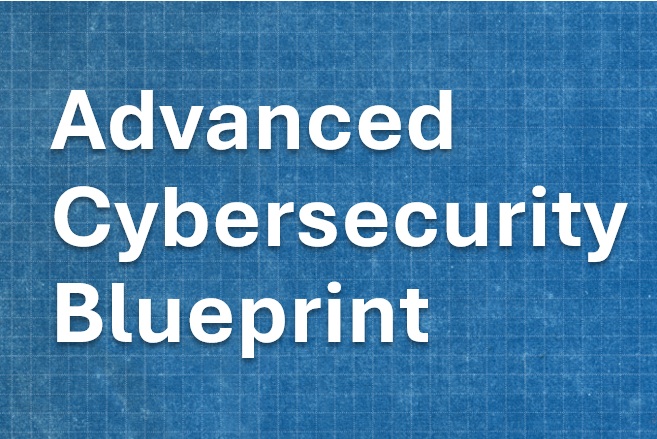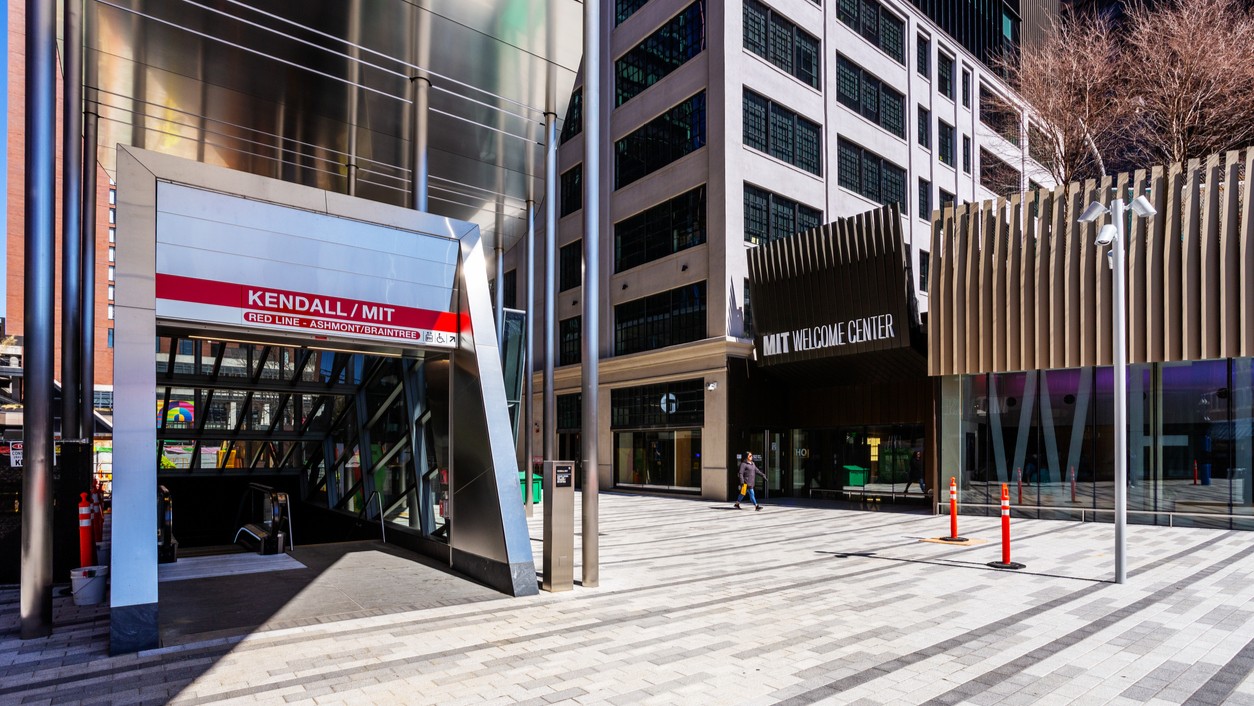Software-defined storage (SDS) is one of several new technologies that are rapidly penetrating the IT infrastructure of enterprises and cloud service providers. SDS is gaining traction because it meets the demands of the next-generation datacenter much better than legacy storage infrastructure. As a result, International Data Corporation (IDC) forecasts the worldwide SDS market will see a compound annual growth rate (CAGR) of 13.5% over the 2017-2021 forecast period, with revenues of nearly $16.2 billion in 2021.
Enterprise storage spending has already begun to move away from hardware-defined, dual-controller array designs toward SDS and from traditional on-premises IT infrastructure toward cloud environments (both public and private) based on commodity Web-scale infrastructure. SDS solutions run on commodity, off-the-shelf hardware, delivering all the key storage functionality in software. Relative to legacy storage architectures, SDS products deliver improved agility (including faster, easier storage provisioning), autonomous storage management capabilities that lower administrative costs, and the ability to use lower-cost hardware.
“For IT organizations undergoing digital transformation, SDS provides a good match for the capabilities needed – flexible IT agility; easier, more intuitive administration driven by the characteristics of autonomous storage management; and lower capital costs due to the use of commodity and off-the-shelf hardware,” said†Eric Burgener, research director for†Storage†at IDC. “As these features appear more on buyers’ lists of purchase criteria, enterprise storage revenue will continue to shift toward SDS.”
Within the SDS market, the expansion of three key sub-segments – file, object, and hyperconverged infrastructure (HCI) – is being strongly driven forward by next-generation datacenter requirements. Of these sub-segments, HCI is both the fastest growing with a five-year CAGR of 26.6% and the largest overall with revenues approaching $7.15 billion in 2021. Object-based storage will experience a CAGR of 10.3% over the forecast period while file-based storage and block-based storage will trail with CAGRs of 6.3% and 4.7%, respectively.
Because hyperconverged systems typically replace legacy SAN- and NAS-based storage systems, all the major enterprise storage systems providers have committed to the HCI market in a major way over the past 18 months. This has made the HCI sub-segment one of the most active merger and acquisition markets as these providers prepare to capture anticipated SAN and NAS revenue losses to HCI as enterprises shift toward SDS solutions.
The IDC study,†Worldwide Software-Defined Storage Forecast, 2017-2021: SDS Market Growth Significantly Outpaces Enterprise Storage Growth, Led by HCI†(Doc #US43062517), provides a forecast by revenue and capacity for the worldwide SDS market. The forecast data focus on end-user consumption of four categories of SDS solutions – block, file, object, and HCI – which cover cumulative shipments of solutions sold to customers by storage system suppliers and ISVs. The HCI sub-segment includes a combination of block, file, and object-based storage platforms, depending on vendor implementation. For each of these categories, IDC has estimated value (end-use spend) as well as capacity shipped.














